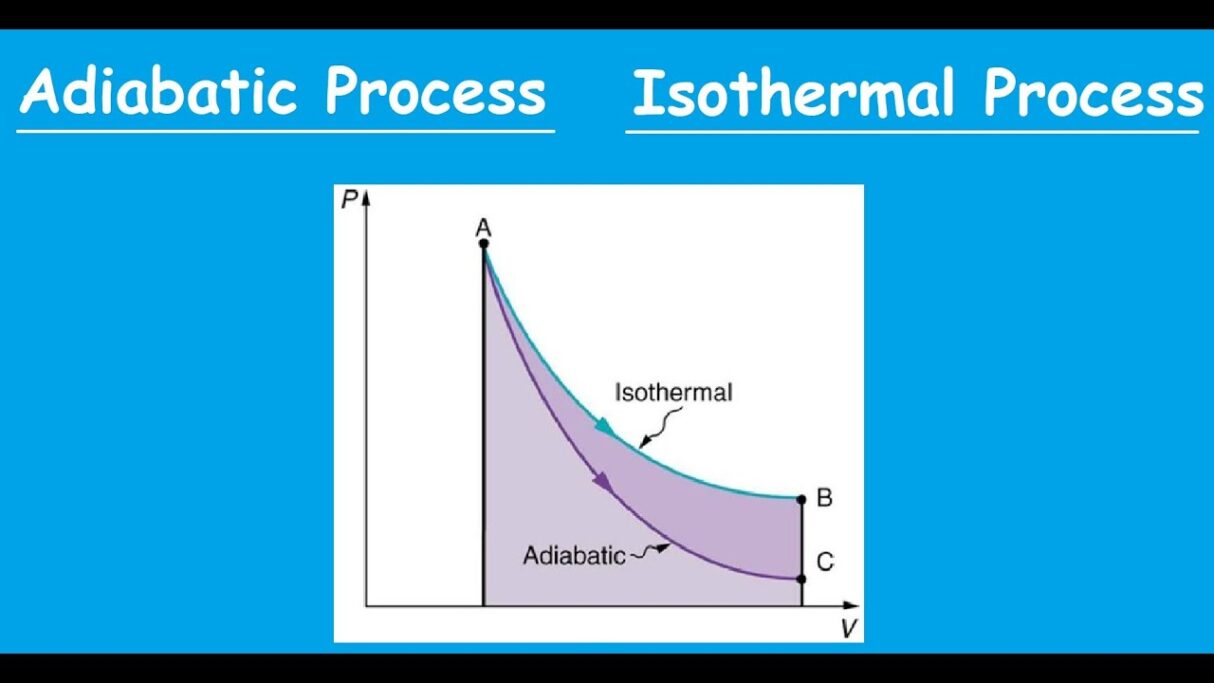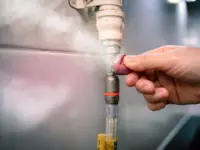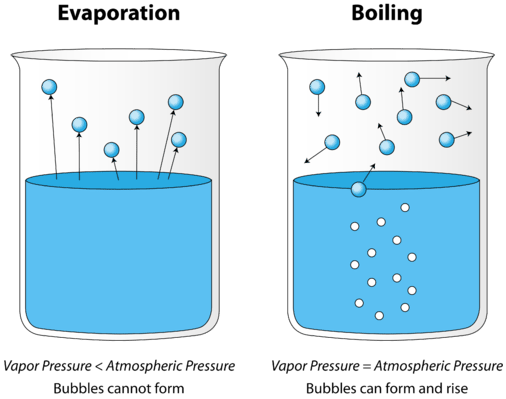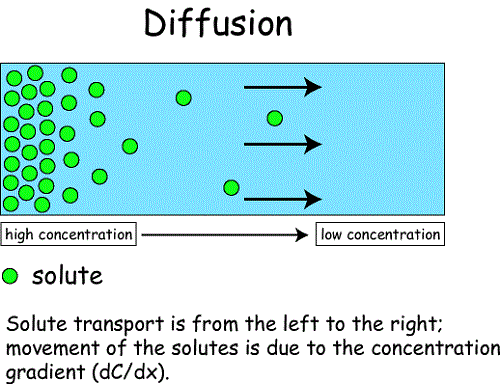
Isothermal and adiabatic processes are two different types of thermodynamic processes that describe how a system undergoes changes in its state variables, such as pressure, volume, and temperature. Despite their differences, there are some similarities between isothermal and adiabatic processes:
- Ideal Gas Behavior: Both isothermal and adiabatic processes are often analyzed under the assumption of ideal gas behavior. In this idealization, gases are considered to consist of particles with negligible volume and to follow certain laws, such as the ideal gas law.
- First Law of Thermodynamics: Both processes adhere to the first law of thermodynamics, which states that the change in internal energy of a system is equal to the heat added to the system minus the work done by the system (ΔU = Q – W).
- Energy Conservation: In both processes, energy is conserved. The total energy of the system remains constant, and any change in internal energy is balanced by the exchange of heat and work.
- Reversible Processes: Both isothermal and adiabatic processes can be reversible under certain conditions. In a reversible process, the system can be brought back to its initial state without leaving any effect on the surroundings.
- Mathematical Relations: The mathematical relations describing these processes involve the ideal gas law. For example, for an isothermal process, the relationship between pressure (P), volume (V), and temperature (T) is given by PV = constant, while for an adiabatic process, the relationship is given by PV^γ = constant, where γ is the heat capacity ratio (Cp/Cv).
- Work Done: Both processes involve work done on or by the system. In an isothermal process, the work done is typically less than in an adiabatic process, but both involve changes in volume and, consequently, work.
While there are these similarities, it’s crucial to note their fundamental differences. The key distinction lies in how temperature changes during the processes: isothermal processes occur at constant temperature, while adiabatic processes experience no heat exchange with the surroundings.
What is an Isothermal Process?
An isothermal process is a thermodynamic process in which the temperature of a system remains constant throughout the entire process. In other words, the system undergoes changes in its state variables (such as pressure, volume, and temperature), but the temperature remains constant at all times.
In the context of an ideal gas, which follows the ideal gas law, the relationship between pressure (P), volume (V), and temperature (T) during an isothermal process is given by:
PV=nRT
where:
- P is the pressure of the gas,
- V is the volume of the gas,
- n is the number of moles of gas,
- R is the ideal gas constant,
- T is the temperature.
For an isothermal process, T remains constant, so the product PV must also be constant. This means that if the volume increases, the pressure decreases, and vice versa, in such a way that the product PV remains the same.
In practical terms, achieving a truly isothermal process can be challenging, but certain systems and processes, when conducted slowly enough or in the presence of a heat reservoir, can closely approximate isothermal conditions.
An example of an isothermal process is the expansion or compression of a gas in a piston-cylinder arrangement when the heat is added or removed in a way that maintains a constant temperature.
What is an Adiabatic Process?
An adiabatic process is a thermodynamic process in which there is no heat exchange between the system and its surroundings. In other words, during an adiabatic process, there is no transfer of heat into or out of the system. The term “adiabatic” comes from the Greek words “adiabatos,” meaning impassable or not to be crossed.
In an adiabatic process, the change in the internal energy of the system is solely due to work done on or by the system. The first law of thermodynamics for adiabatic processes is often written as:
ΔU=−W
where:
- ΔU is the change in internal energy of the system,
- W is the work done on the system (positive if work is done on the system, negative if work is done by the system).
For an ideal gas undergoing an adiabatic process, the relationship between pressure (P), volume (V), and temperature (T) is given by the adiabatic equation:
PVγ=constant
where:
- P is the pressure of the gas,
- V is the volume of the gas,
- γ is the heat capacity ratio (the ratio of specific heat at constant pressure, Cp, to specific heat at constant volume, Cv).
The adiabatic process can be thought of as a process where the system is well-insulated, preventing any heat exchange with the surroundings. An example of an adiabatic process is the rapid compression or expansion of a gas without sufficient time for heat exchange to occur, such as the compression stroke in an internal combustion engine or the expansion of air in a turbine.
What are the differences between Isothermal and Adiabatic Process?
Isothermal and adiabatic processes are two distinct thermodynamic processes, and they differ in several key aspects:
- Temperature Change:
- Isothermal Process: Occurs at a constant temperature. In an isothermal process, the system is in thermal equilibrium with its surroundings, and heat is added or removed to maintain a constant temperature.
- Adiabatic Process: Involves no heat exchange with the surroundings. The temperature of the system can change during an adiabatic process as a result of work done on or by the system.
- Heat Exchange:
- Isothermal Process: Involves heat exchange to maintain a constant temperature. Heat is added or removed from the system to counteract any changes in temperature.
- Adiabatic Process: No heat exchange occurs with the surroundings. The change in internal energy is solely due to work done on or by the system.
- Equations Governing the Processes:
- Isothermal Process: Follows the ideal gas law, PV=nRT, where P is pressure, V is volume, n is the number of moles, R is the ideal gas constant, and T is the temperature.
- Adiabatic Process: Follows the adiabatic equation,PVγ=constant, where γ is the heat capacity ratio.
- Work Done:
- Isothermal Process: The work done on or by the system can be calculated using the equation W = nRT \ln\left(\frac{V_f}{V_i}), where Vf is the final volume and Vi is the initial volume.
- Adiabatic Process: The work done is related to changes in volume and pressure but does not involve a logarithmic term. The expression for work in an adiabatic process depends on the specific conditions and type of work (compression or expansion).
- Efficiency:
- Isothermal Process: In many cases, isothermal processes are more efficient in terms of work output compared to adiabatic processes, as heat is added or removed to maintain constant temperature.
- Adiabatic Process: Adiabatic processes may be less efficient in terms of work output, but they can occur more rapidly, such as in certain mechanical and thermodynamic systems.
Understanding these differences is crucial for analyzing and predicting the behavior of systems undergoing isothermal or adiabatic processes in various engineering and scientific applications.
Table summarizing the similarities and differences between Isothermal and Adiabatic Process
Here’s a table summarizing the key similarities and differences between isothermal and adiabatic processes:
| Feature | Isothermal Process | Adiabatic Process |
|---|---|---|
| Temperature Change | Constant temperature | Temperature can change |
| Heat Exchange | Heat exchange with surroundings to maintain temperature | No heat exchange with surroundings |
| Equations | Follows ideal gas law: PV=nRT | Adiabatic equation: PVγ=constant |
| Work Done Formula | W = nRT \ln\left(\frac{V_f}{V_i}) | Depends on specific conditions; no logarithmic term |
| Efficiency | Efficient for work output | May be less efficient for work output, but rapid |
| Idealization | Often considered in the presence of a heat reservoir | Considered in well-insulated or rapidly changing systems |
| First Law of Thermodynamics | ΔU=Q−W, where Q is heat and W is work | ΔU=−W, heat (Q) term is zero |
This table provides a concise overview of the similarities and differences between isothermal and adiabatic processes, focusing on key aspects such as temperature change, heat exchange, equations governing the processes, work done, efficiency, and the idealization of each process.
Summary of Similarities Between Isothermal and Adiabatic Process
Here is a summary of the similarities between isothermal and adiabatic processes:
- Ideal Gas Behavior: Both processes often assume ideal gas behavior, where gases are treated as composed of particles with negligible volume, and they follow certain laws like the ideal gas law.
- First Law of Thermodynamics: Both processes adhere to the first law of thermodynamics, which states that the change in internal energy is related to the heat added or removed and the work done on or by the system.
- Energy Conservation: In both processes, energy is conserved. The total energy of the system remains constant, and any change in internal energy is balanced by the exchange of heat and work.
- Reversibility: Both processes can be reversible under certain conditions. In a reversible process, the system can be brought back to its initial state without leaving any effect on the surroundings.
- Mathematical Relations: The mathematical relations describing these processes involve the ideal gas law. For example, for an isothermal process, the relationship is PV=constant, and for an adiabatic process, it is PVγ=constant, where γ is the heat capacity ratio.
While these similarities exist, it’s crucial to recognize that isothermal and adiabatic processes have fundamental differences, especially in terms of temperature behavior and heat exchange with the surroundings.
Here are some frequently asked questions (FAQs) related to Isothermal and Adiabatic Process
Here are some frequently asked questions (FAQs) related to isothermal and adiabatic processes:
Isothermal Process FAQs:
Q: What is an isothermal process?
A: An isothermal process is a thermodynamic process in which the temperature of a system remains constant throughout the entire process.
Q: How is an isothermal process achieved?
A: An isothermal process can be achieved by maintaining thermal equilibrium with a heat reservoir, allowing heat exchange to occur to counteract any temperature changes.
Q: What is the mathematical relationship for an isothermal process involving an ideal gas?
A: For an ideal gas, the relationship is given by PV=nRT, where P is pressure, V is volume, n is the number of moles, R is the ideal gas constant, and T is the temperature.
Q: Is an isothermal process reversible?
A: Yes, an isothermal process can be reversible under certain conditions. In a reversible process, the system can be brought back to its initial state without leaving any effect on the surroundings.
Adiabatic Process FAQs:
Q: What is an adiabatic process?
A: An adiabatic process is a thermodynamic process in which there is no heat exchange between the system and its surroundings. The temperature of the system can change due to work done on or by the system.
Q: What is the adiabatic equation for an ideal gas?
A: The adiabatic equation is given by PVγ=constant, where P is pressure, V is volume, and γ is the heat capacity ratio.
Q: Can an adiabatic process occur rapidly?
A: Yes, adiabatic processes can occur rapidly, especially in systems where there is little time for heat exchange to happen. Examples include the compression stroke in an internal combustion engine.
Q: How is work done in an adiabatic process?
A: The work done in an adiabatic process is related to changes in volume and pressure. The exact expression depends on the specific conditions and type of work (compression or expansion).
General FAQs:
Q: What is the difference between isothermal and adiabatic processes?
A: The main difference is that an isothermal process occurs at a constant temperature, while an adiabatic process involves no heat exchange with the surroundings, allowing the temperature to change.
Q: Which process is more efficient for work output?
A: Isothermal processes are often more efficient for work output compared to adiabatic processes, but adiabatic processes can occur more rapidly.
Q: Are these processes common in real-world applications?
A: Yes, both isothermal and adiabatic processes have real-world applications, such as in the operation of heat engines, refrigeration systems, and various industrial processes.
References:
- Isothermal and adiabatic processes – Britannica
- Oscar Gonzalez and Andrew M. Stuart (2010), Isothermal Solid Mechanics – Cambridge University Press
- Stephen J. Blundell, Katherine M. Blundell (October 2009), Isothermal and adiabatic processes – Oxford Academic Books












Leave a Reply